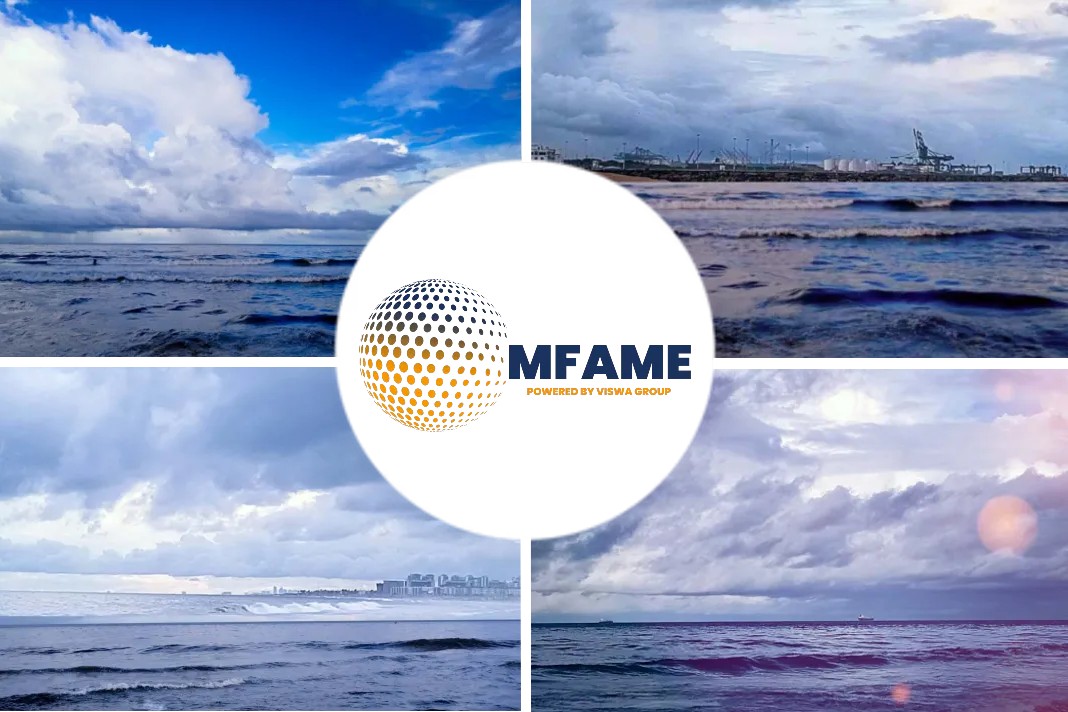- This was one of the conclusions of a webinar this week – “Opening Viable Pathways to Decarbonisation” – run by power technology company, Wärtsilä.
- Håkan Agnevall, President and CEO of Wärtsilä Corporation, noted that technology megatrends are starting to impact both the energy and marine businesses.
- Both of which represent the company’s core industries. Stakeholders really passionate about the challenges, but also the opportunities that the new technology creates.
A recent Seatrade Maritime News states that fuel transition to drive new business models – Wärtsilä.
Roger Holm, President of Wärtsilä’s Marine Power Business
Roger Holm, President of Wärtsilä’s Marine Power Business, was also upbeat about the opportunities, including the de-risking of investments. He described three key steps that will be necessary.
One, a thorough assessment of a ship or fleet in relation to relevant indices; two, the process of defining ambitions in terms of compliance and growth targets; and three, developing a decarbonisation strategy both for newbuildings and retrofits.
This, he suggested, would involve different options and possibly bridging the gap between reality and aspirations.
Collaborative approach to business
Holm said that the company is looking at entirely new ways of working such as sharing risk with customers and providing guarantees on fuel consumption.
He gave examples of how this collaborative approach to business had already been successful.
In one case, the company had been able to save a cruise line customer €12m a year in fuel costs, he said.
This figure can potentially be multiplied many times when new more expensive fuels become available.
Reduce unscheduled maintenance costs
Meanwhile, for an LNG shipowner, the company had been able to reduce unscheduled maintenance costs for an entire fleet over two years by almost 70%.
For that same owner, the company had also been able to generate savings of €13.7m by increasing time between overhauls and minimising operational downtime.
Wärtsilä’s future fuel roadmap
Juha Kytölä, the company’s Director of R&D and Engineering, said that internal combustion engines offer the most potential.
Wärtsilä’s future fuel roadmap includes bio- or synthetic methane, originally tested in 2003; methanol successfully verified in 2015; a test this year on an engine burning 40% ammonia; and hydrogen, which is likely to be ready for trials in 2025.
Issues relating to the new fuels
Kytölä identified some of the issues relating to the new fuels, including availability, significant increases in capital and operating costs, impacts on vessel design including larger fuel tanks to ensure adequate endurance, and increased complexity.
He also raised the question of shipyard capacity, noting a possible mismatch between demand for ship modifications and repair yard supply.
Did you subscribe to our daily newsletter?
It’s Free! Click here to Subscribe!
Source: Seatrade Maritime
















